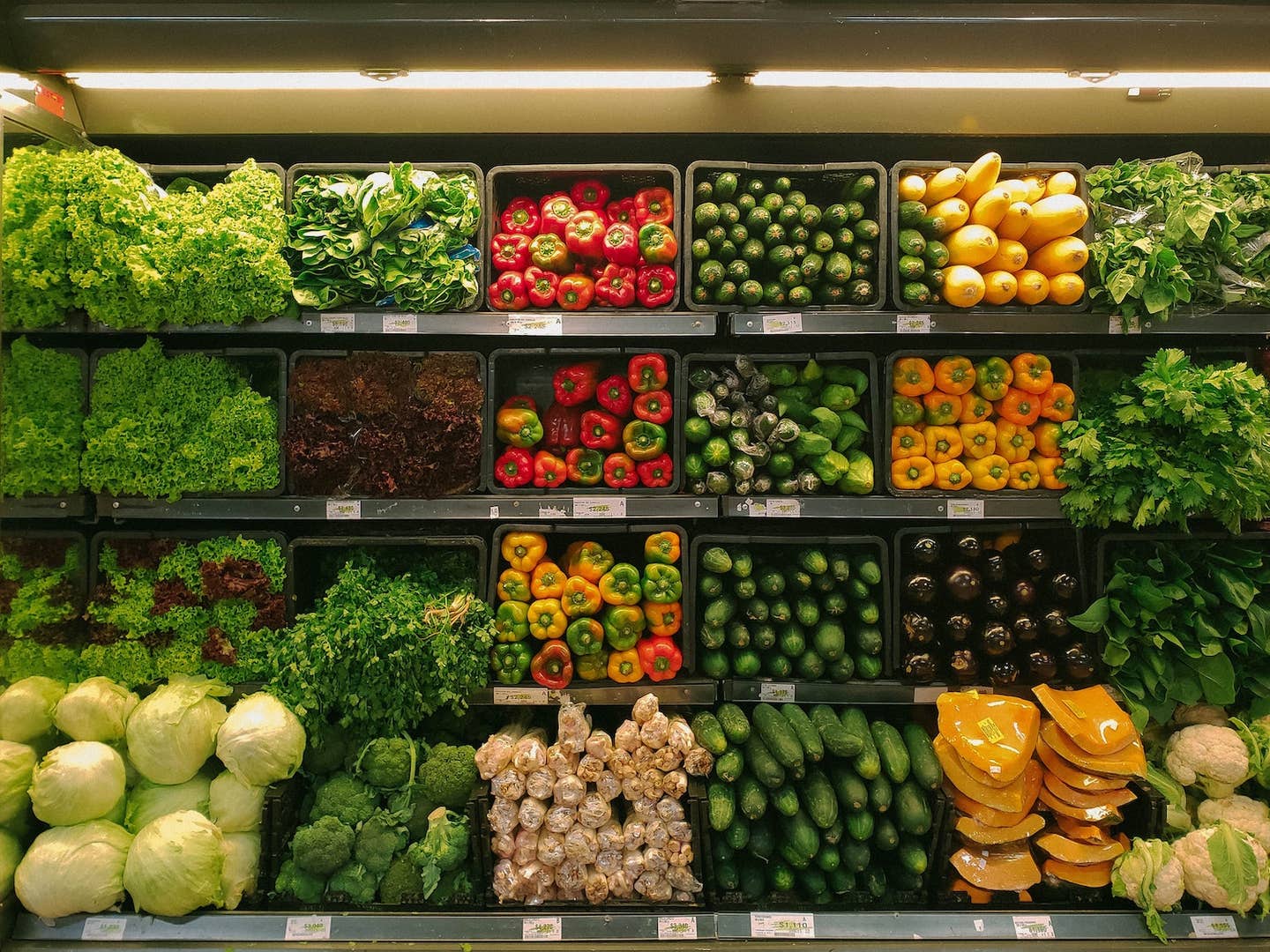
Five Ways that COVID-19 Has Rocked the Food Industry
From the farm to the family table, the food chain has been transformed
It’s tough to imagine the toll that COVID-19 is taking on society. As we all stay home (yes, stay home!) for the foreseeable future, our economy is taking a huge hit. Our food system is particularly vulnerable; especially the restaurant industry, which employees more than 15 million people in the United States. Here’s a survey of the damage so far, with a dash of optimism thrown in—what doesn’t die will, if you believe the saying, only emerge stronger.
Restaurants Are Going to Need a Massive Bailout
“We are so fucked.” Hugh Acheson’s March 15 tweet summed up the sentiment of the restaurant industry at large. Everyday since, the situation seems to grow exponentially more dire: more doors closed, staff laid off, millions wondering how they will stay afloat until it’s safe to gather in public again. Asking for donations, shifting to takeout only options, and other band-aid measures, while welcome, aren’t going to cover payroll for a multi-month shutdown. This week, the National Restaurant Association put out their hat at the White House, requesting a nearly half-trillion-dollar bailout—the group expects up to a half of the industry’s workers will soon be unemployed. Meanwhile, 288,000 people and counting have signed a Save America’s Restaurants petition, which was started by Acheson, Alice Waters, and other prominent chefs.
Grocery Store Workers on the Frontlines
While the restaurant industry weeps silently at home, the grocery industry can’t keep up with demand (especially for toilet paper!). Store owners certainly won’t need a bailout, but their employees are arguably among the most vulnerable sectors of the population right now after healthcare workers. Grocery stores are packed with customers (many of whom don’t observe the six-feet apart social distancing guidelines), leaving clerks and shelf stockers exposed. These important workers, however, getting recognition for the essential—and dangerous—service they are performing: three states (Minnesota, Michigan, and Vermont as of press time, with more states likely to follow suit) have designated them as emergency personnel (just like nurses and other health workers), which means they are entitled to childcare support and other special benefits during the crisis.
The New Dangers of Food Delivery
Another profession that suddenly finds itself on the frontlines of the war against COVID-19? Food delivery workers. The upshot is the demand for their services is through the roof, now that delivery is the primary way to get restaurant food. The downside is that, like grocery workers, delivery workers come into contact with huge numbers of people throughout the day. And while many grocery workers may lack sick leave and health benefits, these are exceedingly rare in the gig economy. No word yet about delivery workers being designated as emergency workers, though that would certainly seem just. DoorDash and Uber Eats, at least, have said they will provide two weeks of financial assistance to workers who contract the virus. The mayor of New York also gave the profession a small nod: the city will no longer hand out tickets to delivery workers with electric bikes, which under normal circumstances are not allowed on New York streets.
Farmworkers Falling Through the Cracks
Rural communities have largely been spared from the crisis so far. Social distancing is a little easier in the country, but not necessarily if you’re a farmworker. Harvesting and packing produce is often shoulder-to-shoulder work, and it’s not uncommon for sleeping arrangements in migrant worker housing to consist of a dozen or more mattresses spread out across the floor, with residents sharing a single bathroom. Due to dusty working conditions and exposure to agrichemicals, farmworkers have higher rates of respiratory illness than other occupations, making them particularly vulnerable to COVID-19. Yet the ag industry is notoriously delinquent in providing benefits: nine out 10 US workers have health coverage, but less than half of farmworkers do. Fears of food shortages during the crisis have yet to materialize, but they might if farmworkers aren’t taken care of.
The Birth of Quarantine Cuisine
The COVID-19 crisis may well be remembered as an era in which we slowed down, took the time to prepare elaborate meals, and finally got around to learning to pickle radishes or make flan. Over the course of the past week, the internet has become awash in quarantine cooking advice—10 dishes from a can of tuna fish!—and restaurateurs are getting creative with meal kit versions of their menus. Feeling depressed about your food options during the apocalypse? Just think of it like campfire cooking: everything tastes a little better when you’re forced to improvise from the depths of the pantry. May as well savor what you have. (And if you need ideas, we’re here to help! Head over to our Instagram stories to ask for suggestions!)
Keep Reading
Continue to Next Story










